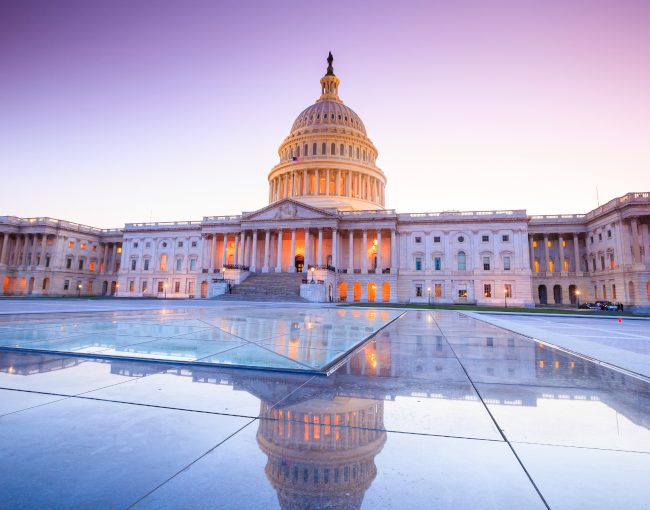Congressional Review Act: A process that allows Congress to nullify a federal agency regulation by submitting a joint resolution of disapproval for the president to sign.
Thank You, Next
Over the last two months, we have explored some of the technicalities of the congressional calendar, including the structure of congressional sessions and how Congress measures legislative days. This month, we see how those concepts shape a specific type of legislation: the Congressional Review Act (CRA).
The CRA allows Congress to overturn and nullify a new federal agency regulation by passing a joint resolution of disapproval within 60 legislative days after the agency submits the new regulation to Congress. The CRA also prevents the agency from issuing a substantially similar rule in the future. The joint resolution must be signed by the president to take effect. The CRA requires only 51 votes to pass the Senate and cannot be filibustered.
I've Got The Power
Legislative days are critically important when attempting to use the CRA to nullify a rule, particularly since the CRA timeline resets when a new Congress convenes. For instance, if the 116th Congress adjourns sine die and fewer than 60 legislative days have elapsed since a final rule was sent to Congress for review, the 60 legislative day review period resets at zero on the first day of the 117th Congress, which begins January 3, 2021. This potentially allows a new Congress to consider and overturn rules issued at the end of the previous administration.
Between its advent in 1996 and 2016, federal agencies sent more than 72,000 rules to Congress, yet the CRA had only been used successfully once in 2001 when President Bush vacated a Clinton-era rule. The infrequency of the CRA's use largely comes from it being highly atypical for a president to gut a rule from one of his or her own agencies. For example, President Obama vetoed several CRAs sent to him by the Republican-controlled Congress during his administration, and Congress was ultimately not able to override his vetoes. Accordingly, the CRA is most effectively used by an incoming president and friendly Congress to nullify regulations enacted by a previous administration of the opposing party.
History Has Its Eyes On You
Aided by a Republican House and Senate, President Trump used the CRA to eliminate 15 Obama-era regulations at the start of his presidency in 2017. These regulations represented a wide variety of policy areas, such as energy, education, and employment.
If President Trump wins a second term in November, the CRA will likely have little impact. However, if a blue wave propels former Vice President Biden into the White House and helps Democrats capture the Senate, we could expect the Democrats to use the CRA to erase regulations finalized and submitted to Congress in the final months of the Trump Administration. In that scenario, Trump Administration regulations submitted to Congress after late Spring 2020 may be ripe for nullification in early 2021.





